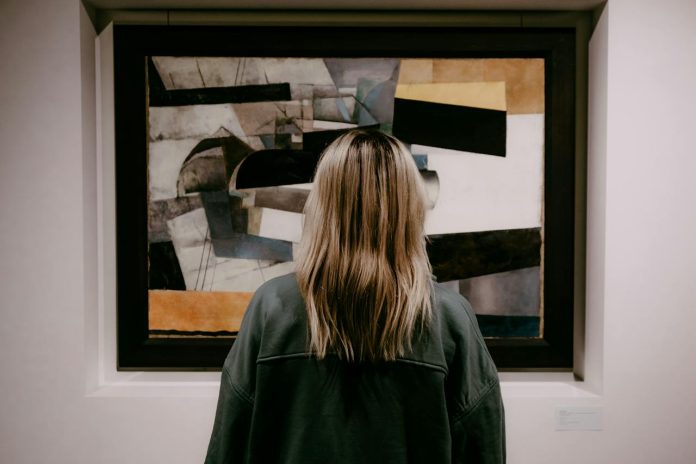Investing in art is not just a matter of aesthetic appreciation; it’s a strategic decision that can lead to significant wealth building. For those looking to diversify their investment portfolios, art offers a unique opportunity. Here’s a guide on how to build wealth through smart art investments.
Understanding the Art Market
Before diving into art investment, it’s crucial to understand the art market’s dynamics. Unlike traditional markets, the art world is nuanced, influenced by cultural trends, critic reviews, artist recognition, and historical significance. Familiarising yourself with these elements is key to making informed decisions.
Developing an Eye for Valuable Art
To invest wisely, developing an artistic eye is essential. This involves not just an appreciation for aesthetics but also an understanding of what makes art valuable. It’s about recognising potential in emerging artists, understanding artistic trends, and identifying works that resonate on a deeper level.
Strategic Acquisition: Choosing the Right Pieces
Strategic acquisition is the cornerstone of art investment. This means selecting pieces that have the potential for appreciation.
Look for emerging artists with growing recognition or established artists whose works are consistently valued. Art fairs, gallery shows, and auctions are great places to discover potential investments.
Diversification Within Your Art Portfolio
Just like any investment portfolio, diversification within your art collection is vital. This involves investing in different styles, periods, and artists. By diversifying, you mitigate risk and increase the chances of some of your art appreciating in value, even if other pieces don’t perform as well.
The Role of Provenance and Authenticity
The value of an artwork heavily depends on its provenance and authenticity. Provenance refers to the history of the artwork, including previous ownership, while authenticity concerns whether the piece is genuine. Investing in artworks with clear, documented provenance and authenticated by experts is crucial.
Timing Your Investments and Sales
The timing of both purchasing and selling art can significantly impact your investment’s success. Keeping abreast of market trends, artist developments, and historical events can provide insight into the best times to buy or sell. Patience is often key, as art investments can take time to appreciate in value.
Engaging with Art Experts and Advisors
Navigating the art market can be complex, and working with art experts or advisors can be invaluable. They can provide insights into the market, suggest artists to watch, and offer advice on acquisitions. Their expertise can be particularly beneficial for those new to art investment.
Building a Legacy and Enjoying the Journey
Lastly, investing in art is about building a legacy and enjoying the journey. Art collections often reflect personal taste and cultural interests and can be passed down through generations. Additionally, the process of researching, acquiring, and owning art can be immensely rewarding, offering enjoyment beyond financial returns.
Conclusion
Building wealth through art investments requires a blend of passion, knowledge, and strategy. By understanding the market, making informed acquisitions, ensuring the authenticity and provenance of artworks, timing investments wisely, and leveraging expert advice, you can create a valuable and meaningful art portfolio.
Remember, art investment is not just about financial gain but also about the joy and cultural enrichment that comes with collecting art.



 Bitcoin
Bitcoin  Ethereum
Ethereum  Tether
Tether  XRP
XRP  Solana
Solana  USDC
USDC  TRON
TRON  Lido Staked Ether
Lido Staked Ether  Cardano
Cardano  Avalanche
Avalanche  Toncoin
Toncoin